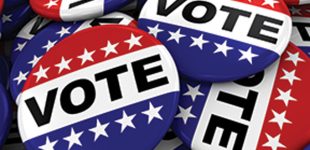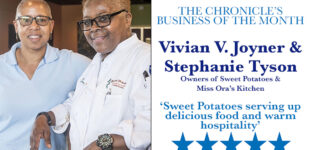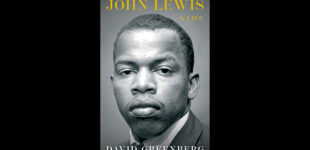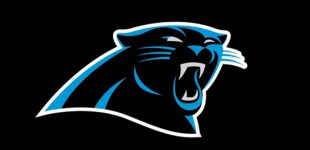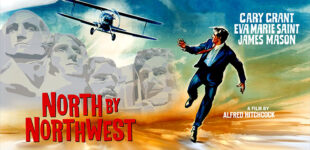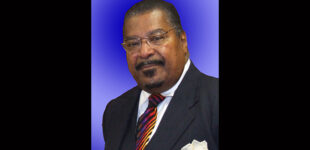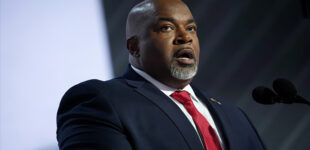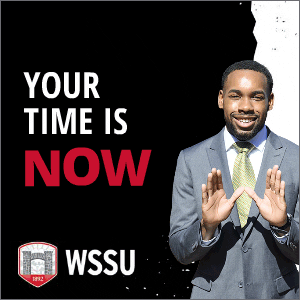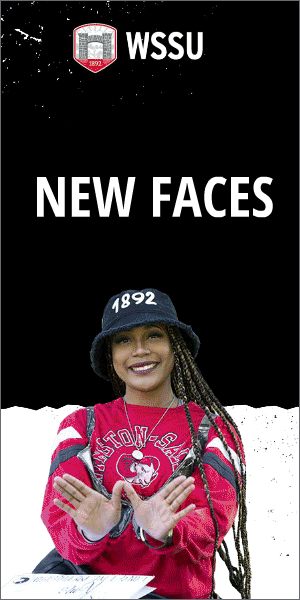Faith, education uphold Winston-Salem’s African-American legacy
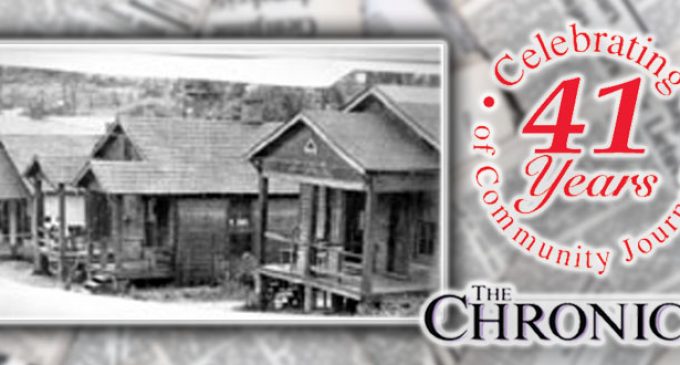
Photo courtesy of Society for the Study of Afro-American History
Most of the houses were shotguns, an architectural style from West Africa. Shotgun houses were built close together and can be attributed to the kinship found in African- American communities.
BY CHERYL STREETER HARRY
SPECIAL TO THE CHRONICLE
Editor’s Note: Cheryl Streeter Harry, author and director of African American programming at Old Salem Museums & Gardens, presented “Winston-Salem’s -American Legacy” on Feb. 17 at Carver School Road Library in Winston-Salem. She wrote the following article for The Chronicle.
How do we identify “legacy” in the African-American community? Who are we and what do we possess today because of the lives of the men and women who lived here 50 to 150 years ago? The first place I like to look is at what remains in the landscape. We can surmise that faith and education are two major strongholds in African-American legacy.
Our oldest congregation, St. Philips Moravian Church, is coming up on its 197th anniversary, and Slater Industrial Academy, now Winston-Salem State University, turns 124-years old this year. What does that say about us as a community?
If we only looked at these two institutions, we can find out more about ourselves than we could have imagined. Let’s take education from the vantage point of “social property.”
In 1945, Winston-Salem State held its first homecoming parade and the instruments for the first college band were purchased through a fundraiser by the Alumni Association. Seventy years later the parades are stronger than ever. We attend because it’s exciting, however, if we look at the root cause, we’ll see that it’s built on a sense of pride.
What was it like for factory workers and educators, who at that time, probably lived next door to each other or within hollering distance, to share in the pride of seeing these shiny new instruments parading down the street in full grandeur? That pride is so deeply rooted in our consciousness that it has almost become innate.
And, what can we say about the Big 4? The alumni associations of the four former all-black high schools –Paisley, Atkins, Carver and Anderson – combined the annual reunions in 1995 and begin celebrating their high school years together. Their school pride is so deeply rooted that they took a step and formally organized as the Big 4 Alumni Association of Forsyth County to ensure some inkling of perpetuity.
The black church is undeniably the epicenter of African-American legacy. It’s our heritage. It’s where the enslaved met at the end of a hard week’s work and about the only place they could go and not have to be watched.
In addition to the church being a place to have our spiritual needs met (working out your soul salvation), it remains the leading institution in the causes for social justice. Down through the years, the church has taken the leadership role in social, political and economic issues and empowered its membership to make educated deci-sions and radical changes in their lives and communities.
The church can be credited for many of the gains that African-Americans have obtained, particularly during Reconstruction,and when they challenged the Jim Crow laws and during the Civil Rights Movement.
Many feel that the church has lost its power, and is no longer relevant to social change. But when people want to get a message to the black community, they come to the black church. The church has and will continue to be a major cultural institution.
As we think about legacy lost, we must take a look at the sense of community within our neighborhoods. The earliest planned African-American neighborhood was Happy Hill. In May 1872, the Moravian Church laid out streets and lots on the former Schuman Plantation to be sold to freed slaves for home ownership at the asking price of $10. Each lot was 100 feet wide and 200 feet long. The Moravians named the area Liberia. However, the freedmen called the neighborhood Happy Hill, and it has retained that name today.
Black neighborhoods grew during the late 1890s due to the tobacco factories in Winston. Columbian Heights was founded in 1891. Columbian Heights was home to middle class blacks and was comprised of the Slater Industrial School, leading black businesses, churches and better homes.
Happy Hill was a small settlement of tobacco workers, laborers and domestic workers. A number of blacks lived in Waughtown, a community adjacent to Happy Hill. Other neighborhoods included Depot Street, Boston Cottages, Skyland Park, Dreamland Park, Alta Vista, The Pond and Reynoldstown.
Within these communities were various businesses, including stores that sold groceries, barber shops, tailors, dry cleaners, physicians, beauty shops, etc. Urban renewal shattered many of the bonds and close knit relationships that existed in some of these African-American neighborhoods.
Separated from friends and longing to rekindle the memories of the past, neighborhood reunions began springing up around the city during the 1990s. The Pond Reunion, the Boston Round-up, Belews Street and Vicinity and Happy Hill Reunion were among the first. Former residents used to gather in parks in the old neighborhoods and spread picnics and reminisce of the good old days – when men and women dressed in their finest for church, when baths were taken in foot tubs, going to corner store to get a pop (soda), and going to the movies at the Lincoln and Lafayette Theaters.
Due to the aging of the organizers, the reunions are either now non-existent or dwindling in attendance. Today you hear so many people talking about the way that it was.
But can that bond be reclaimed?
If it’s left up to Ray Robinson it will. Ray is a young professional. I met him at a Pan-Hellenic sponsored event on “The State of the black Family.” Ray grew up on Carver School Road. When he and his fiancée, Glasher Shealey get married this summer, he’s giving up his home in the suburbs and moving back to that community. Robinson feels a responsibility to make Black communities better and feels he has to live there to help make it happen.
What legacy will we leave for future generations?


